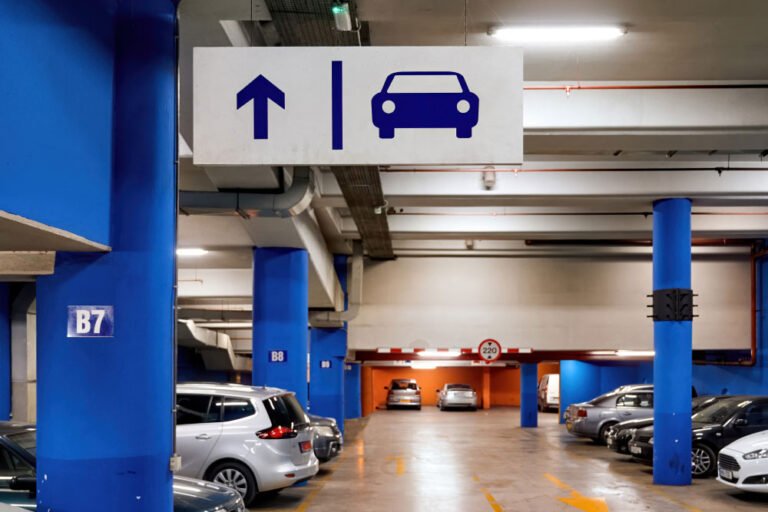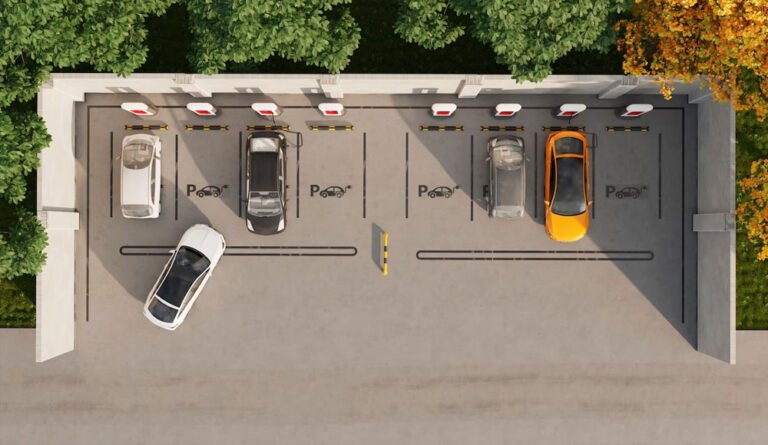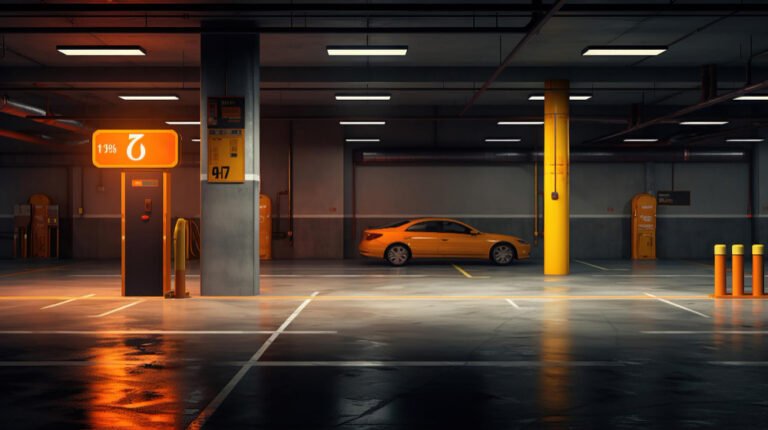In the labyrinth of urban life, where parking spaces are scarce, and time is of the essence, the advent of Parking Guidance Systems (PGS) has emerged as a game-changer. These intelligent solutions utilize technology to streamline the parking experience, benefiting both drivers and cities alike.
In this article, we embark on a captivating journey through real-world case studies to explore the economic and environmental impact of Parking Guidance Systems, unearthing their potential as transformative forces in urban mobility.
A Greener Drive – Case Study of City X
City X, a bustling metropolis grappling with congestion and environmental concerns, implemented a comprehensive Parking Guidance System to revolutionize its parking infrastructure. By offering real-time data on parking availability through user-friendly mobile apps, drivers experienced reduced time spent searching for spots. This led to a substantial decrease in idle driving, resulting in a significant reduction in carbon emissions and fuel consumption.
The economic ripple effect was equally impressive. With fewer cars circling in search of parking, traffic congestion decreased, leading to smoother traffic flow. Local businesses reported increased foot traffic and higher customer satisfaction as drivers found parking more accessible and convenient. Consequently, City X witnessed a boost in the local economy, aligning economic growth with environmental sustainability.
Revitalizing Commercial Districts – Case Study of City Y
City Y, renowned for its vibrant commercial districts, faced a common urban challenge – congested parking leading to frustrated shoppers and reduced business opportunities. To address this issue, City Y introduced a dynamic Parking Guidance System that offered not only real-time parking availability but also pricing and time-sensitive promotions.
Through this innovative approach, drivers received personalized information about parking rates, incentives, and discounts based on their preferences and past usage. As a result, drivers were more likely to utilize underutilized parking spaces and consider off-peak shopping hours, effectively distributing parking demand more evenly. This revitalized commercial districts, creating a win-win situation for businesses and shoppers alike.
From Friction to Fluidity – Case Study of City Z
City Z, an expanding urban center, encountered growing pains due to the lack of efficient parking solutions. To alleviate this challenge, City Z integrated a Parking Guidance System that utilized AI algorithms and data analytics to optimize parking utilization.
The case study revealed impressive results. The Parking Guidance System efficiently managed the flow of vehicles by redirecting drivers to less crowded parking areas and suggesting alternate transportation options during peak hours. Consequently, the city experienced a reduction in traffic congestion, leading to shorter commute times and less stress on road infrastructure.
Moreover, the streamlined parking experience also attracted more visitors to the city, boosting tourism revenue and increasing the demand for local businesses. This virtuous cycle of improved parking and economic growth showcased the tremendous potential of Parking Guidance Systems as catalysts for urban development.
Concluding thoughts
As the global population continues to urbanize, Parking Guidance Systems offer a ray of hope for navigating the challenges of urban mobility. Through case study analysis, we witness the economic and environmental transformation that these intelligent solutions bring to cities.
From reducing traffic congestion and carbon emissions to revitalizing commercial districts and promoting sustainable city planning, Parking Guidance Systems are paving the way for a smarter, greener, and more economically vibrant urban future. As cities continue to embrace these innovations, we can look forward to an era of urban mobility that enhances both our lives and the health of our planet.




